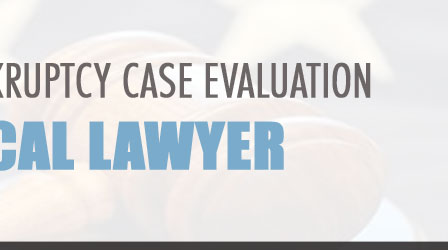 |
 |
 |
|---|
 |
 |
 |
|---|---|---|
 |
 |
 |
 |
 |
 |
|---|---|---|
 |
 |
 |
 |
How to File for Personal Bankruptcy in Texas: A Comprehensive Guide
Filing for personal bankruptcy in Texas can be a daunting process, but understanding the steps involved can help you make informed decisions. This guide will walk you through the necessary procedures and considerations.
Understanding Personal Bankruptcy
Personal bankruptcy is a legal process that helps individuals who cannot repay their debts. The most common types in Texas are Chapter 7 and Chapter 13.
Chapter 7 Bankruptcy
Chapter 7, also known as liquidation bankruptcy, involves the sale of non-exempt assets to pay creditors.
Chapter 13 Bankruptcy
Chapter 13 allows individuals to reorganize their debts and create a repayment plan to pay creditors over a period of time.
Eligibility Requirements
- Income Limits: Your income must be below a certain threshold for Chapter 7.
- Credit Counseling: You must complete a credit counseling course before filing.
- Previous Bankruptcies: Certain time limits apply if you've filed for bankruptcy before.
The Filing Process
Gathering Documentation
Collect necessary documents such as tax returns, income records, and a list of debts and assets.
Filing the Petition
- Complete the official bankruptcy forms.
- File the forms with the Texas bankruptcy court.
- Pay the filing fee or request a fee waiver if eligible.
Consider consulting a bankruptcy attorney fort lauderdale for guidance.
Attending the Meeting of Creditors
After filing, you must attend a meeting of creditors where you will be asked questions about your financial situation.
Understanding Exemptions and Discharges
Texas law allows certain exemptions that protect your assets during bankruptcy.
- Homestead Exemption: Protects your primary residence up to a certain value.
- Personal Property: Includes certain personal items and vehicles.
FAQ
What is the cost of filing for bankruptcy in Texas?
The cost includes court fees, credit counseling fees, and potential attorney fees. It's recommended to budget between $1,500 and $3,000.
Can I keep my car if I file for bankruptcy?
Yes, if your car's value is within the exemption limits or if you continue making payments under Chapter 13.
How long does bankruptcy stay on my credit report?
A Chapter 7 bankruptcy stays on your credit report for 10 years, while Chapter 13 remains for 7 years.
What debts are not discharged in bankruptcy?
Certain debts like student loans, child support, and some taxes are generally not discharged.
For those considering this step, seeking professional advice from a bankruptcy attorney huntsville al can provide clarity and ensure compliance with all legal requirements.
Which Documents Do I Need to File for Chapter 7 Bankruptcy in Texas? - At least six months of pay stubs; and - Your most recently filed federal income tax return.
Also called "straight" or "liquidation" bankruptcy, Chapter 7 allows you to discharge most, if not all, of your debt. In order to qualify for this form of ...
It now costs $306 to file for bankruptcy under chapter 7 and $281 to file for bankruptcy under chapter 13, whether for one person or a married couple.
![]()